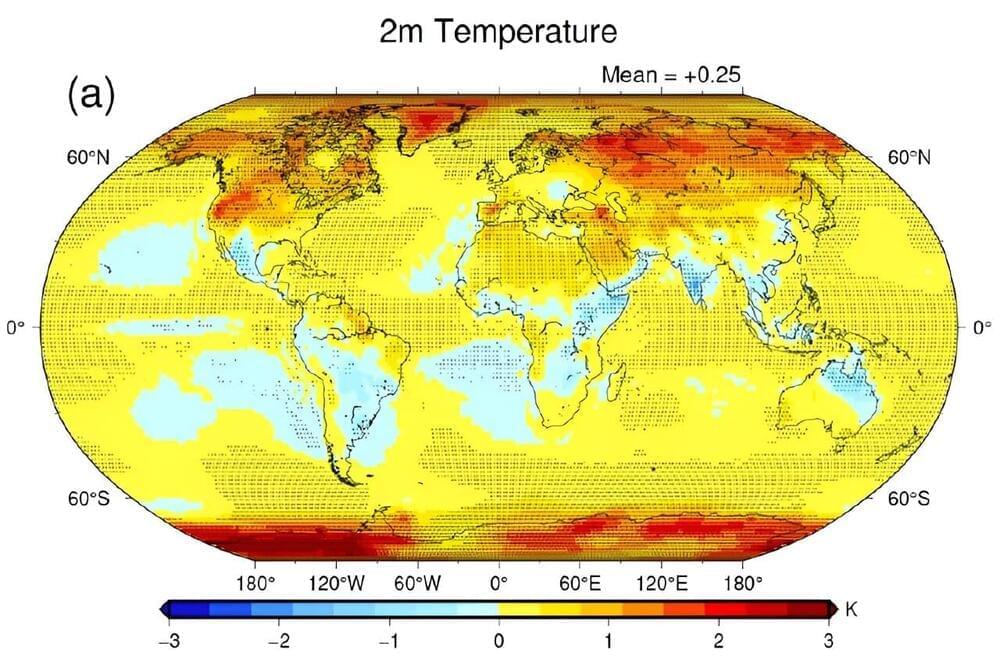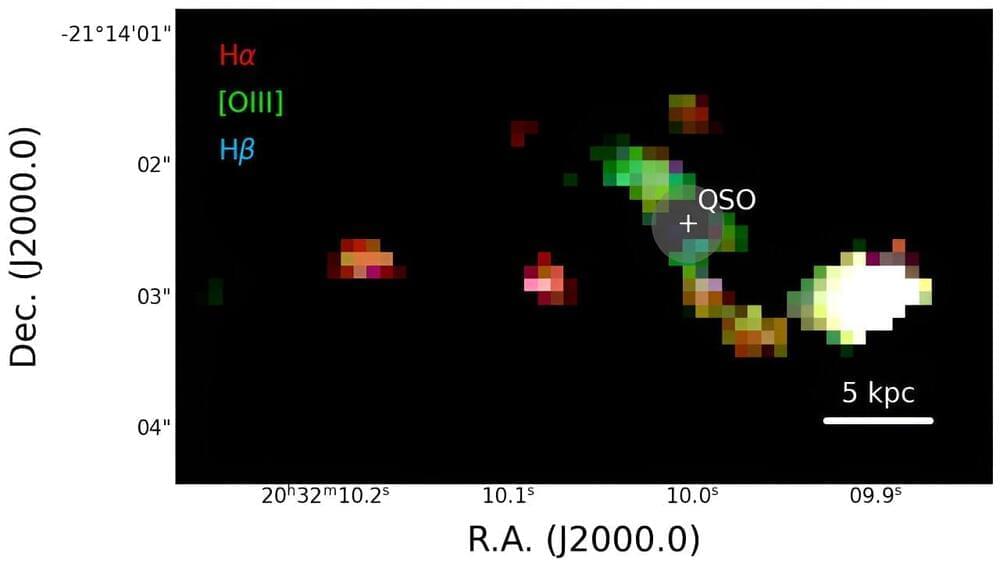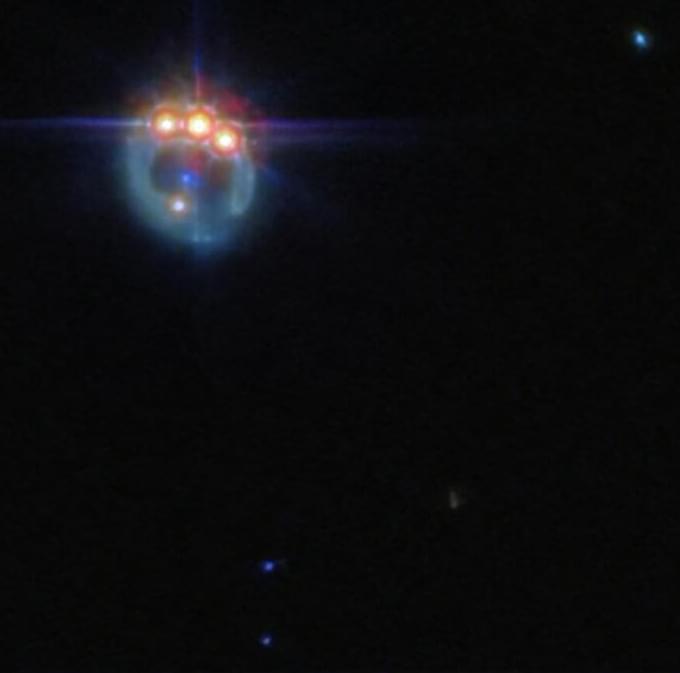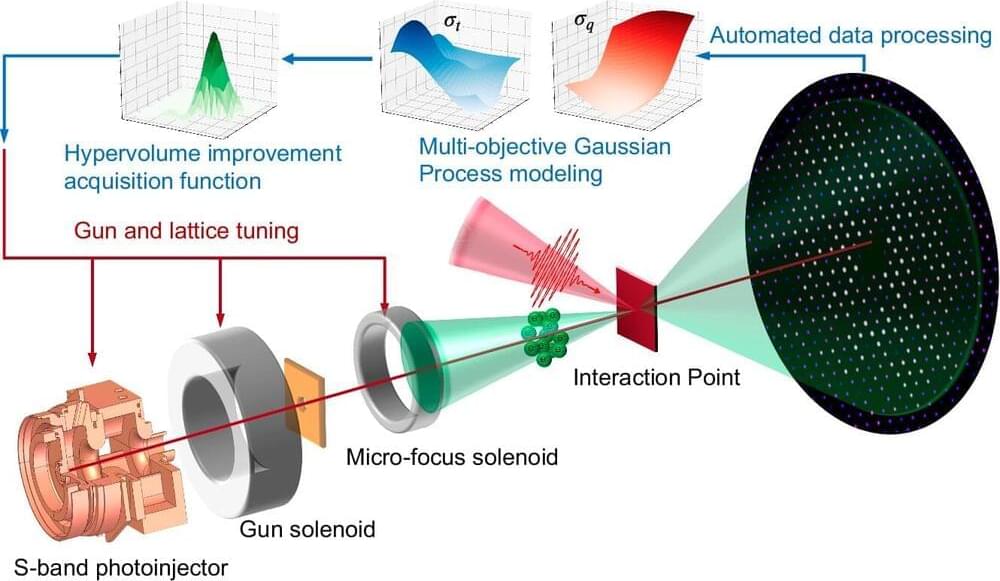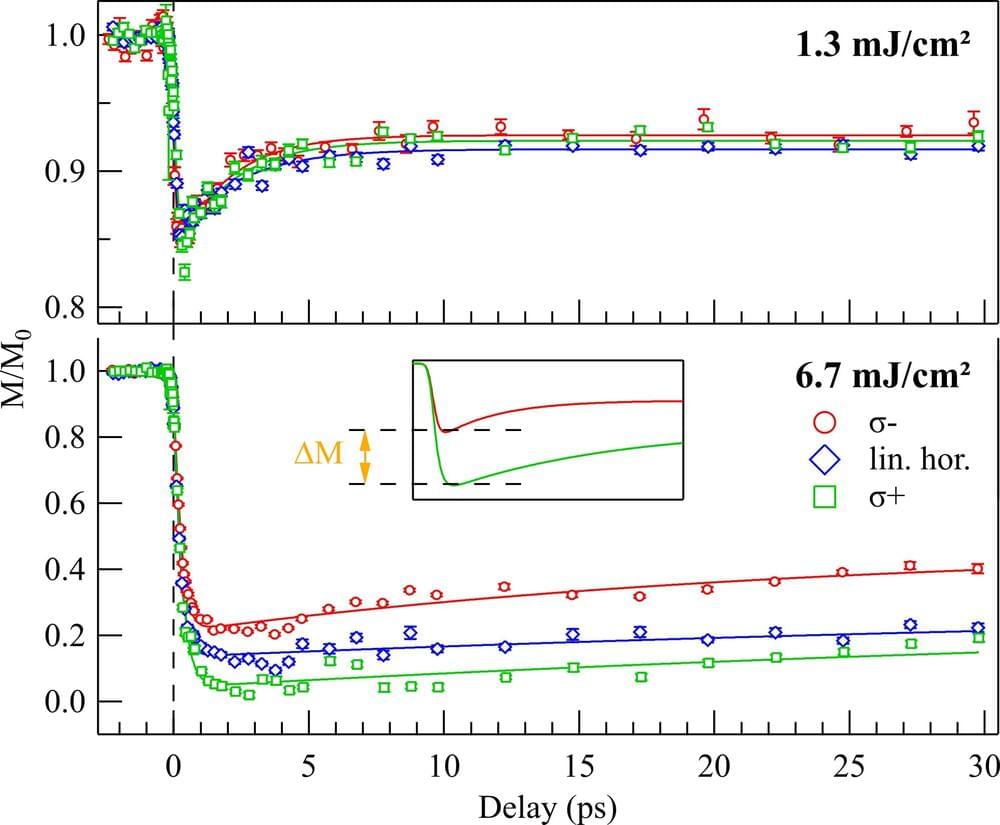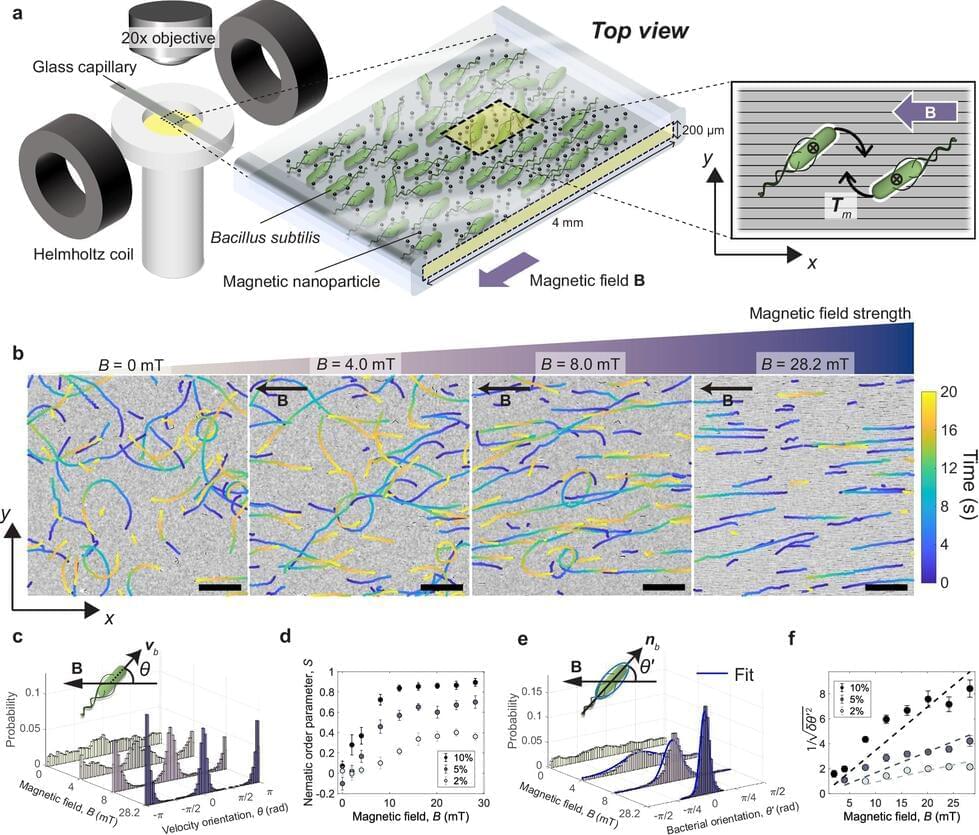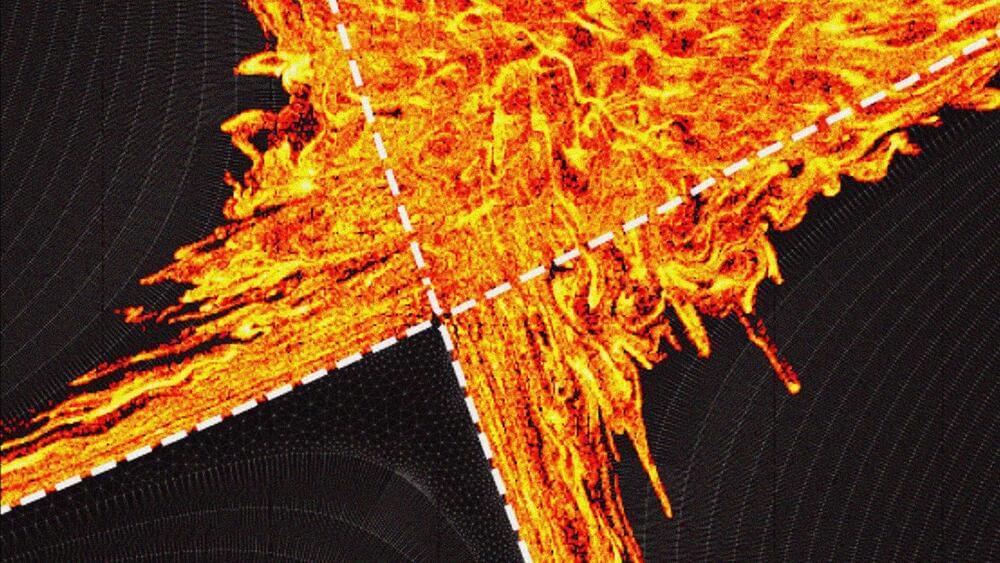Jul 5, 2024
Exploring the radiative effects of precipitation on Arctic amplification and energy budget
Posted by Saúl Morales Rodriguéz in categories: climatology, particle physics
One of the key metrics for climate modeling is radiative forcing. Most climate models, including the general circulation models (GCMs), focus on the effects of different atmospheric factors on radiative forcing. However, there are still large uncertainties in satellite observations and multi-model simulations associated with some atmospheric factors.
Among them, clouds are a known source of uncertainty in GCMs, leading to radiative biases. However, another possible source of radiative uncertainty is associated with precipitation.
In principle, precipitating particles affect radiative forcing by disrupting incoming shortwave and outgoing longwave radiations. But most conventional GCMs in the Coupled Model Intercomparison Project Phase 6 (CMIP6) treat precipitation diagnostically and exclude the radiative effects of precipitation (REP). Extracting the magnitude of REP in climate models is challenging because of complicated atmosphere-ocean feedback and multi-model variabilities.
